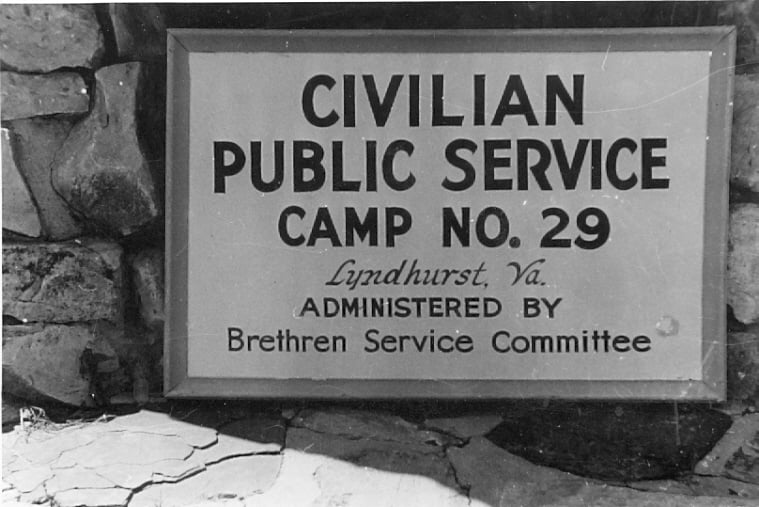Many conscientious objectors were drafted during World War I and under pressure to serve in the military as non-combatants. Others who objected were jailed and court-martialed. Mennonites and other members of historic peace churches requested that Congress allow for an alternative service program that was more considerate of the rights of conscientious objectors in 1940, as Congress was considering draft legislation for World War II. But did you know what the CPS was for?
During World War II, the US government’s Civilian Public Service (CPS) program offered conscientious objectors an alternative to military service. CPS draftees battled forest fires, assisted in the reform of an abusive mental health system, and even served as test subjects for medical research.
The Civilian Public Service
The alternative service program known as Civilian Public Service (CPS) was developed to give COs an alternative way to complete their national service obligations as outlined by the Selective Training and Service Act of 1940. According to the program, work camps had to be set up where assignees could work on forestry or soil conservation projects, depending on where the camp was located.
The Civilian Conservation Corps (CCC) of the New Deal served as the model for this arrangement, and the Peace Churches used many CCC locations for their CPS camps. Men constructed dams and irrigation systems, dug irrigation ditches, planted ground cover, and worked in soil conservation camps. Assignees built and maintained roads, trails, and firebreaks within the forestry units. They also worked as smoke jumpers and fire lookouts to fight distant forest fires. (Source: Civilian Public Service)
The Civilian Public Service During the Second World War
However, as CPS continued throughout American involvement in World War II, the detached projects increased the program’s opportunities for assignees. Men could volunteer for work in the other available programs after serving for several months in the soil or forestry camps. The first of these initiatives focused on farm and dairy labor, allowing men to work on farms or in dairies to fulfill their community service obligations.
Due to the severe labor shortage in mental hospitals across the United States, men also worked as attendants. A revolution in the treatment of the mentally ill in the United States began in 1943 thanks to some CPS hospital attendants, who also helped improve conditions and patient care. (Source: Civilian Public Service)
The Controversies Behind the Civilian Public Service
COs volunteered to participate as test subjects in scientific studies carried out by the federal government, in addition to helping to care for the country’s mentally ill. These “Guinea Pig Units” investigated a variety of topics, including the effects of disease, dehydration, climate, and starvation. The “Guinea Pig Units” are still debated today because many data collection techniques are considered unethical. Evidence also suggests that some of the CPS volunteers for the experiments were unaware of the risks they might face as test subjects, both physically and mentally.
The fact that the assignees served without compensation was one of the CPS’s most contentious features. The Selective Service made this choice early in the negotiations for CPS because they were concerned that the program would not be approved if men received a wage. Many of the men and their families found this a growing source of frustration as they received no allowance for dependent care, leaving many of their families in a precarious financial situation. (Source: Civilian Public Service)
Image from Civilianpublicservice
